Last week, NNSA welcomed international diplomats to Sandia National Laboratories and the Nevada National Security Site. It was part of an NNSA effort to show transparency about its work and U.S. support for the Comprehensive Nuclear-Test-Ban Treaty.
National Nuclear Security Administration
July 15, 2024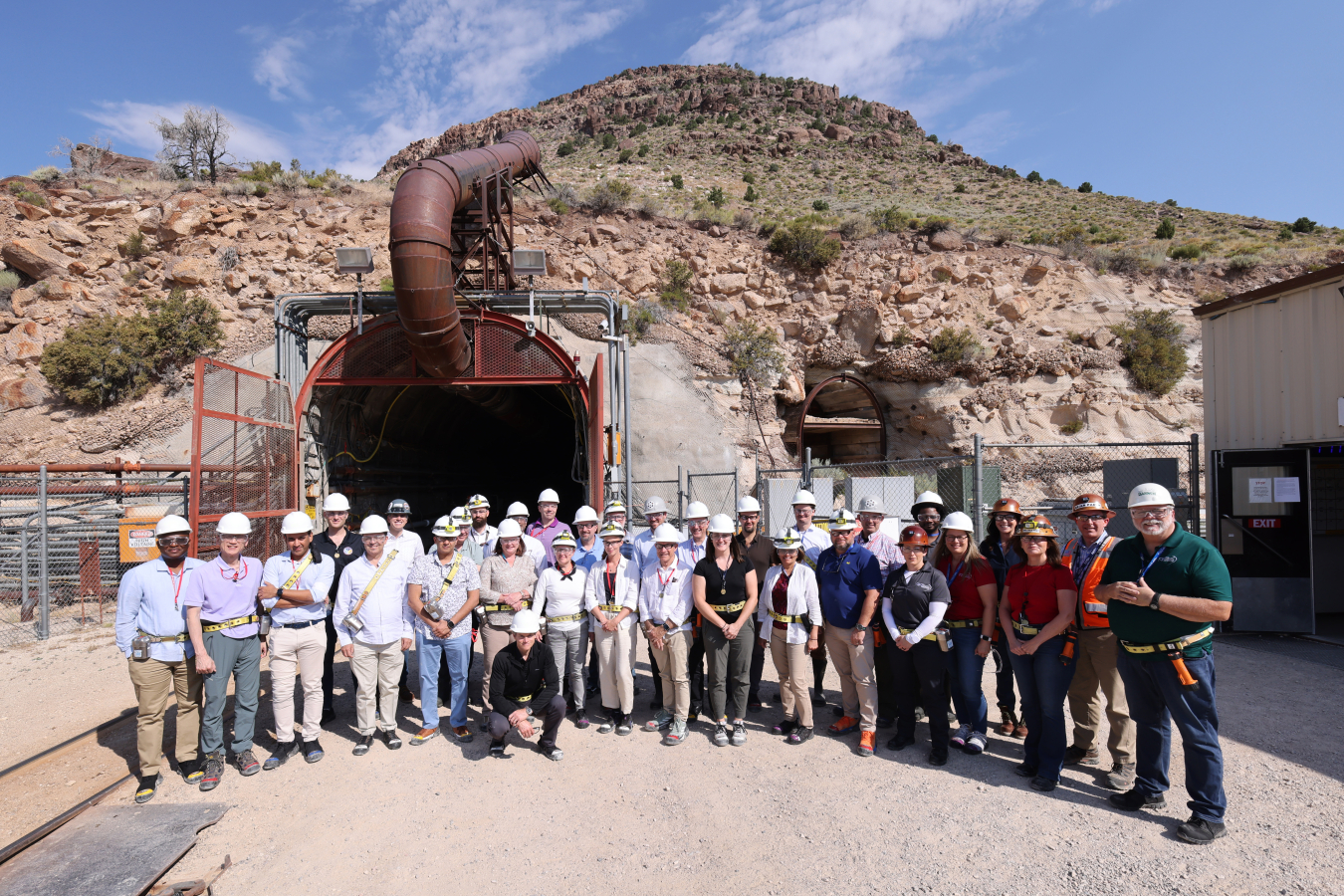
WASHINGTON – Last week, the U.S. Department of Energy’s National Nuclear Security Administration (NNSA) welcomed international diplomats to Sandia National Laboratories (SNL) in Albuquerque, New Mexico, and the Nevada National Security Site (NNSS) outside Las Vegas, Nevada. The visit was part of an NNSA effort to demonstrate transparency about its work and U.S. support for the Comprehensive Nuclear-Test-Ban Treaty (CTBT).
Countries represented on the visit included Australia, Ghana, Japan, Mexico, Singapore, Sweden, and the United Arab Emirates. Dr. Robert Floyd, Executive Secretary of the Preparatory Commission for the Comprehensive Nuclear-Test-Ban Treaty Organization (CTBTO PrepCom) joined the delegation, making a return to SNL and NNSS after his April 2023 visit.
Senior officials from NNSA and the U.S Mission to International Organizations in Vienna (UNVIE) hosted the visit, joined by representatives of the Department of State, the National Security Council, the Office of the Secretary of Defense, and the Air Force Technical Applications Center.
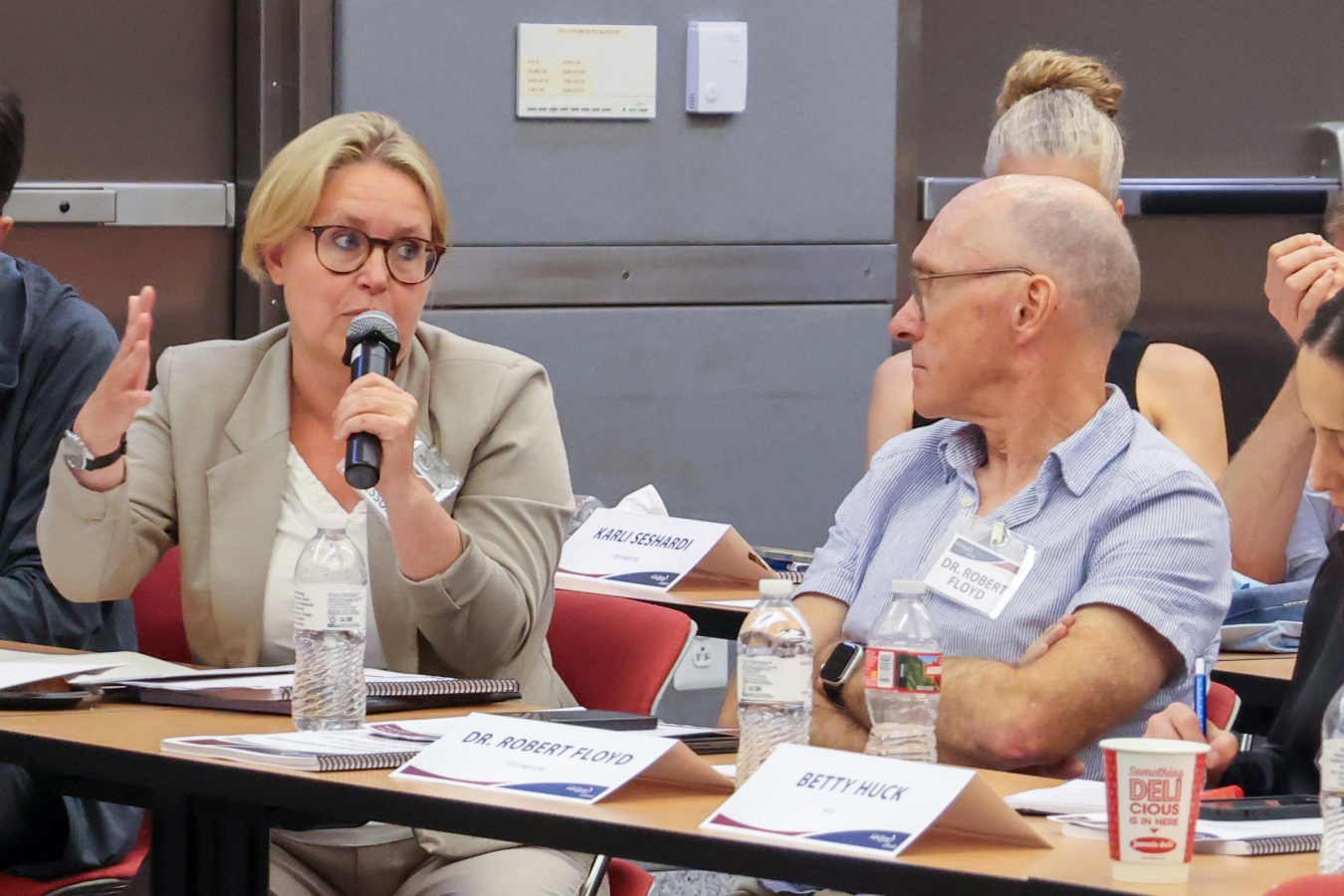
“We are pleased to host these international visitors and provide them with detailed information about the work we do at our sites,” said Jeff Chamberlin, who leads NNSA’s nonproliferation work and cohosted the visit. “SNL and NNSS are two outstanding examples of our support for the CTBT and our commitment to nonproliferation and arms control.”
A cornerstone of that U.S. commitment is deterring and detecting nuclear explosive testing. At SNL, the focus was on the Facility for Acceptance, Calibration, and Testing Site, where seismic and infrasound components are evaluated for use in the CTBT International Monitoring System, a global network of sensors designed to detect nuclear explosions. SNL staff also showed how one of its projects enhances waveform analysis and eases the workload of analysts at CTBTO PrepCom’s International Data Centre.
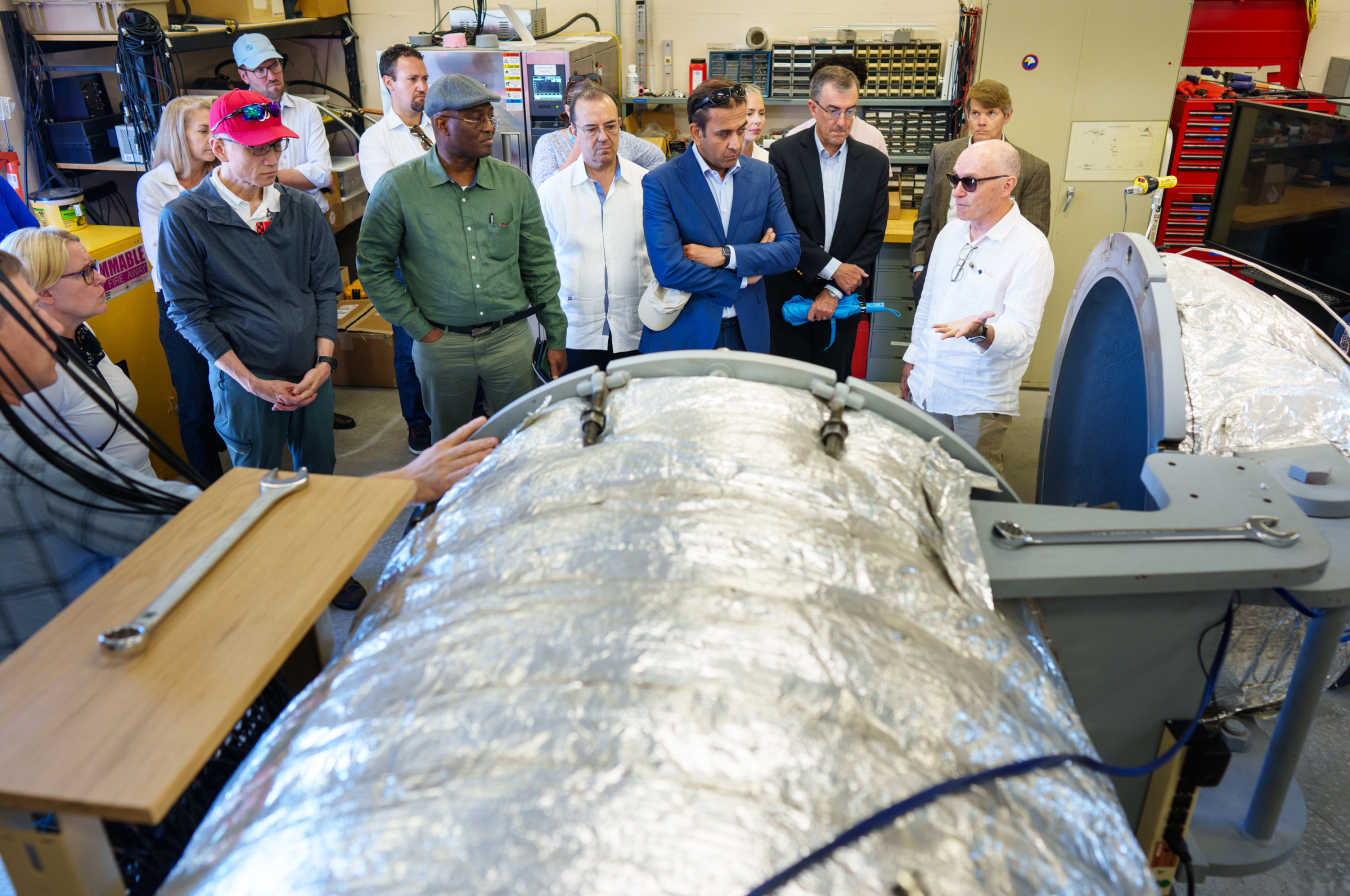
At NNSS, the visitors saw a variety of projects supporting nonproliferation technology research and development. At one stop, the visitors entered P Tunnel, the site of a recent nonproliferation experiment using chemical explosives and radiotracers to advance the state-of-the-art in nuclear explosion monitoring with improved understanding of geophysical and radiochemical science and data analytics techniques.
Visitors also saw projects associated with the science-based Stockpile Stewardship Program, established more than 20 years ago in the wake of the United States’ 1992 moratorium on underground nuclear explosive tests. The program relies on specialized facilities, supercomputers, subcritical experiments, technical experts, and other scientific capabilities to ensure the safety, security, reliability, and effectiveness of the U.S. nuclear stockpile without the use of nuclear explosive testing. During this and other similar visits, the United States has been transparent about activities at NNSS such as the work done at the Principal Underground Laboratory for Subcritical Experimentation (PULSE, formerly known as the U1a Complex), the site of U.S. subcritical experiments.
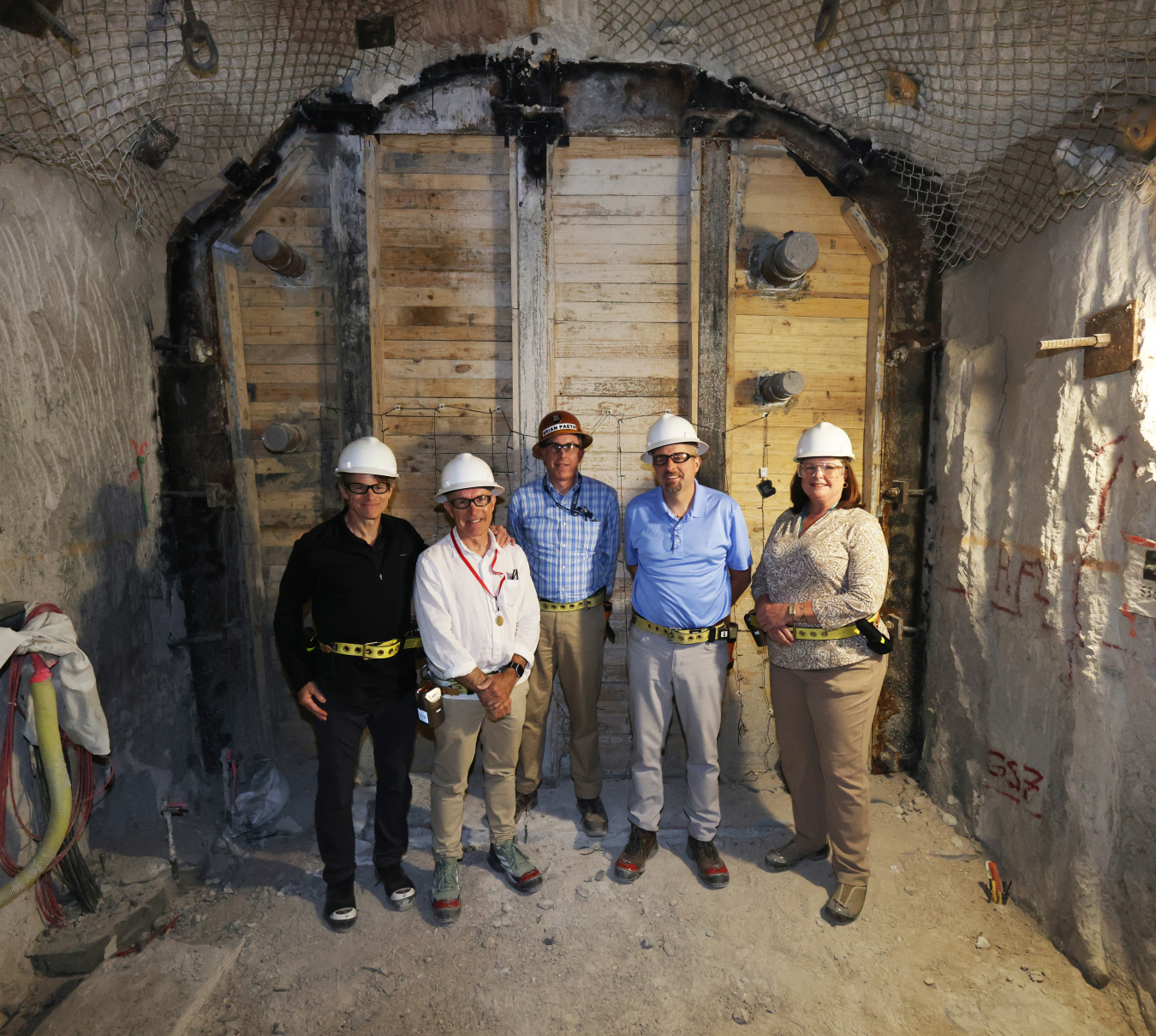
“Stockpile stewardship is a core mission at NNSS,” said NNSA Deputy Administrator for Defense Programs Dr. Marvin Adams, one of the co-hosts of the visit. “Our subcritical experiments enable us to continue the U.S. nuclear explosive testing moratorium while maintaining the safety, security, and reliability of the U.S. stockpile and providing a credible nuclear deterrent that meets the needs of our Nation and its allies and partners.”
UNVIE Ambassador Laura Holgate also co-hosted the visit. Senior officials at the sites include SNL Director Dr. James S. Peery, Sandia Field Office Manager Dr. Daryl Hauck, Nevada Field Office Acting Deputy Manager Betty Huck, and Garrett Harencak, President of Mission Support and Test Services, which manages and operates NNSS.
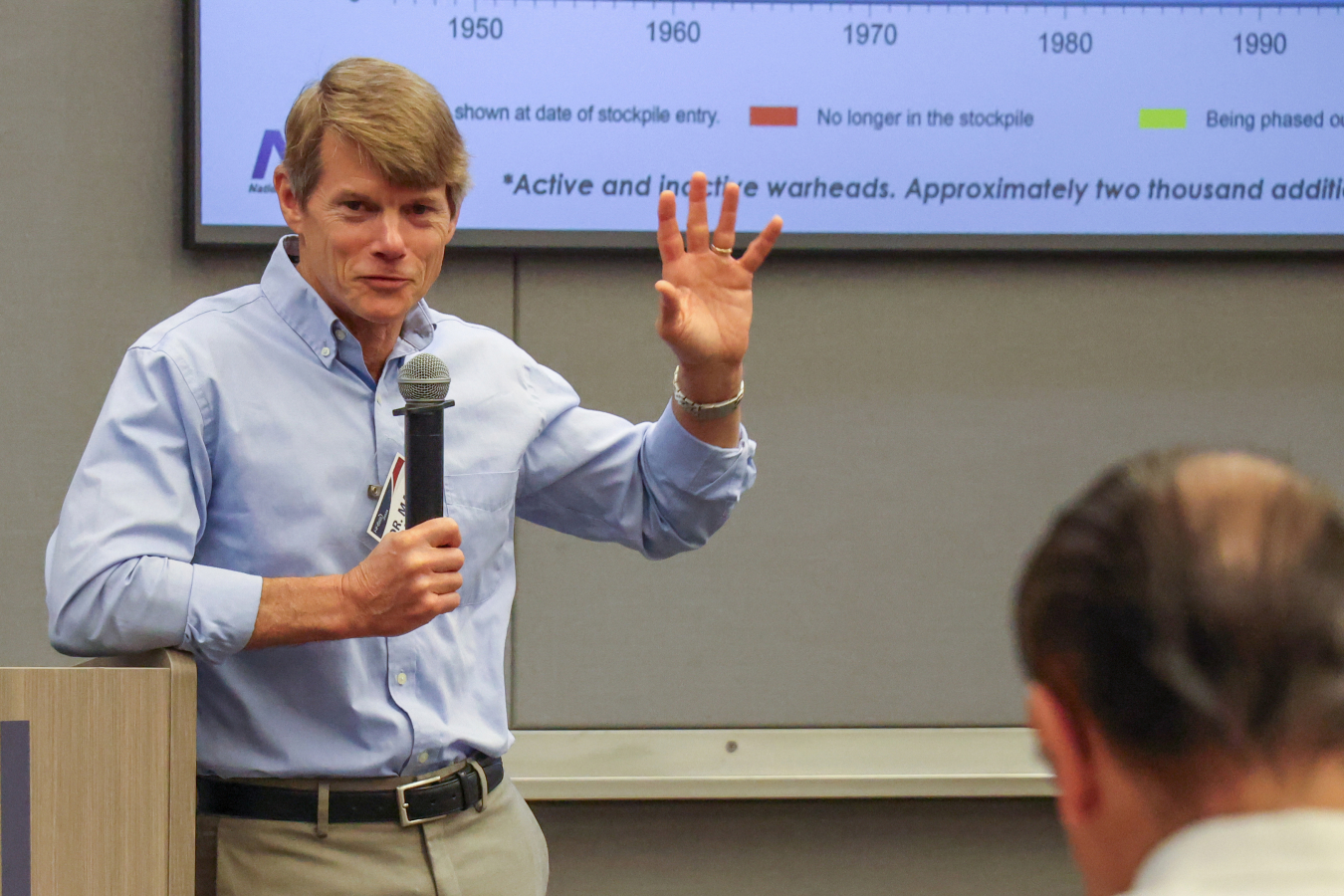
“It was important for my diplomatic colleagues to see for themselves the depth of U.S. support we provide to the CTBTO PrepCom, and also how the former U.S. test site has been transformed into an experimental test bed and training ground for nonproliferation and national security missions that benefit the United States and the international community,” said Ambassador Holgate. “Our conversations in Vienna, Geneva, and New York can be more informed now that many of my counterparts have seen NNSA sites for themselves.”
Dr. Floyd said, “I appreciate NNSA hosting this group and demonstrating strong U.S. support for the CTBTO as well as its commitment to the U.S. nuclear explosive testing moratorium. This was my second visit to NNSS. It was particularly valuable to make this visit with a diverse group of diplomats from Vienna; an important step in building confidence and transparency within the community, working together to end nuclear test explosions. I hope that efforts like this visit will set a positive example for the future.”
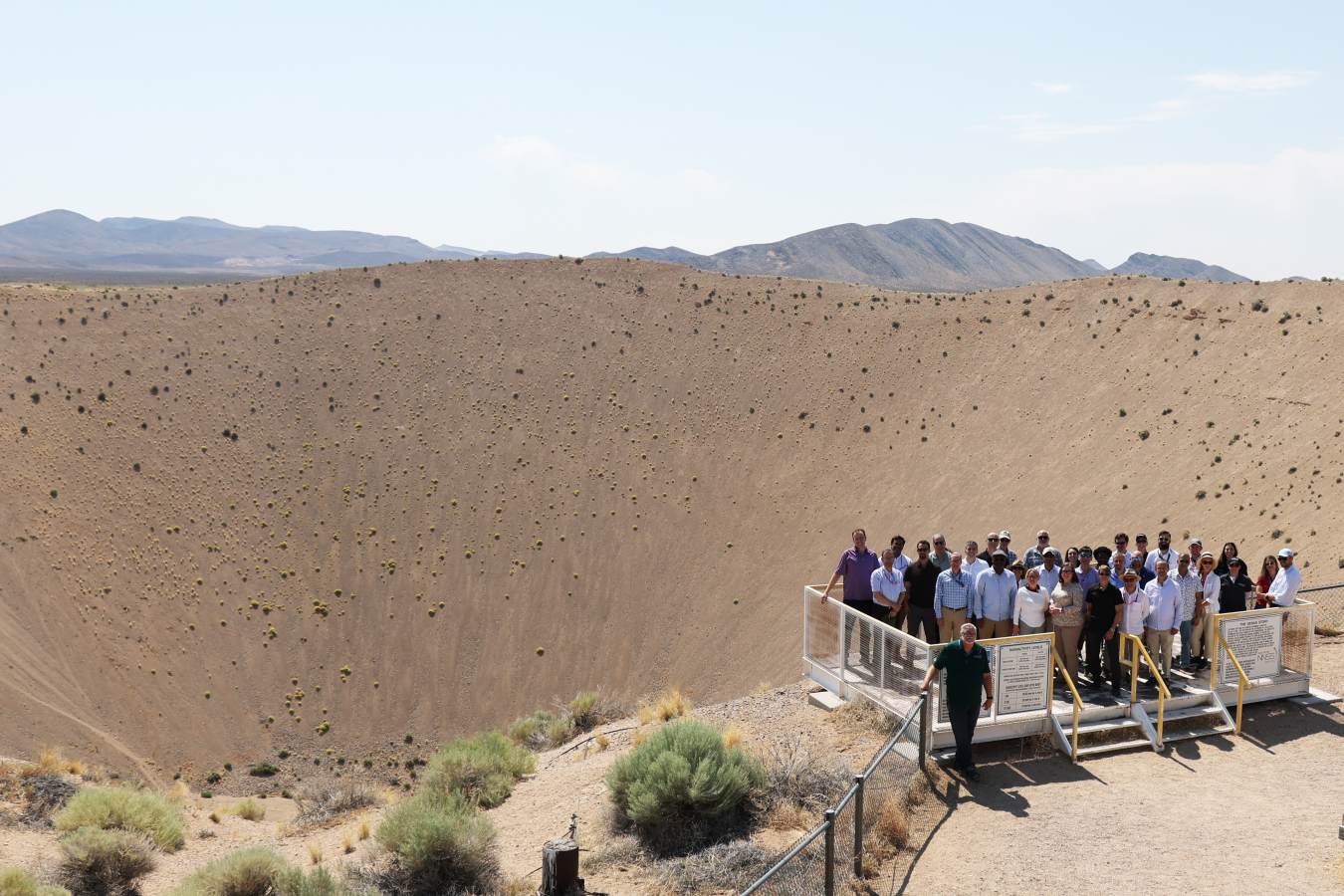
The United States has a long history of transparency and support for international nuclear explosion monitoring and verification, highlighted by the NNSA Administrator’s keynote remarks in June 2023 at the CTBT Science and Technology 2023 Conference.
This visit followed a November 2023 visit to NNSS by 13 non-governmental experts on arms control and nonproliferation.

